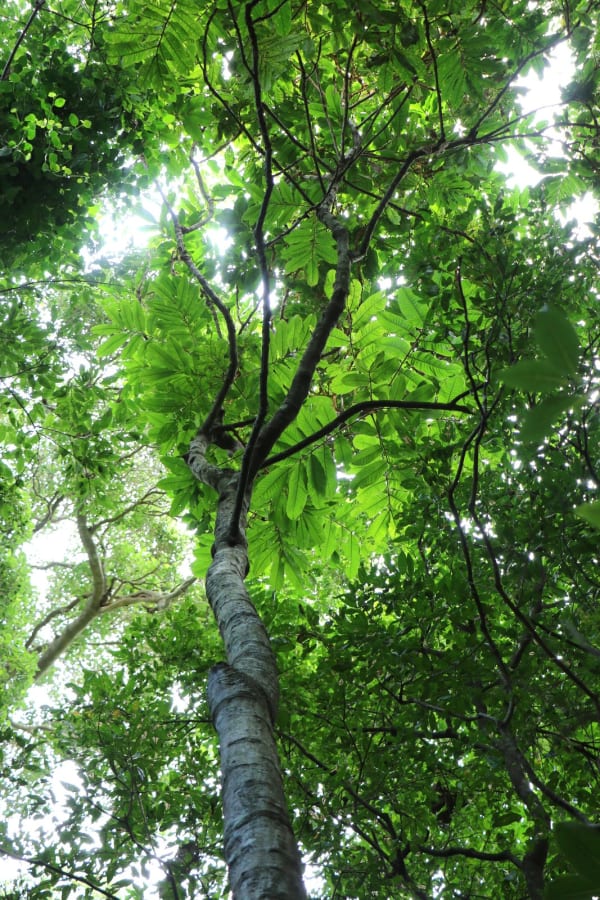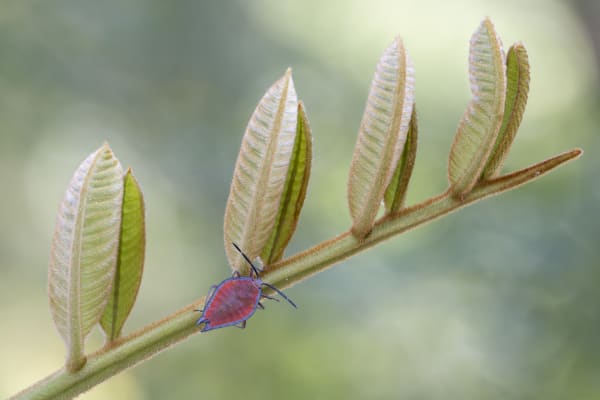I've been wanting to write about the amazing Native Tamarind (Diploglottis australis) for a while, but it's a tricky one to capture 'on camera' and also a tricky one to explain for the same reason.
A tall, leggy, beanstalk of a plant when it's young and a high-canopied monster when fully grown, there's no easy way to appreciate Native Tamarind as a plant of gardens, parks or natural areas. Your best opportunity to see Native Tamarind doing its thing and looking fabulous is to head out to areas along the Illawarra escarpment that have had a good chance to recover since the logging up to the 1960s, and that have relatively sheltered or protected conditions.
Areas such as the eastern slopes of Mount Kembla and the rainforest around Brokers Nose and West Corrimal are prime areas to spy Native Tamarind. Unfortunately, though, it isn't the most common local species, and you need to be watching carefully to pick it out in the canopy – you might spot it by its large leathery compound leaves (see the photo following) or its very narrow, dark brown or black trunk.

Native Tamarind is definitely under-appreciated as a local plant. Who knew that its succulent-sour orange fruits are one of the most delicious of all the Illawarra plants' fruits, or how pretty those fruit are? Or how hard the fruit are to find, because they ripen high up in the canopy of mature trees, where they're difficult to spot let alone taste? Who knew it attracts all sorts of local insects, including the Lychee Stink Bug?

Wherever you are in the region, perhaps you'll be able to spot a new Native Tamarind some time soon. Please share your finds!





